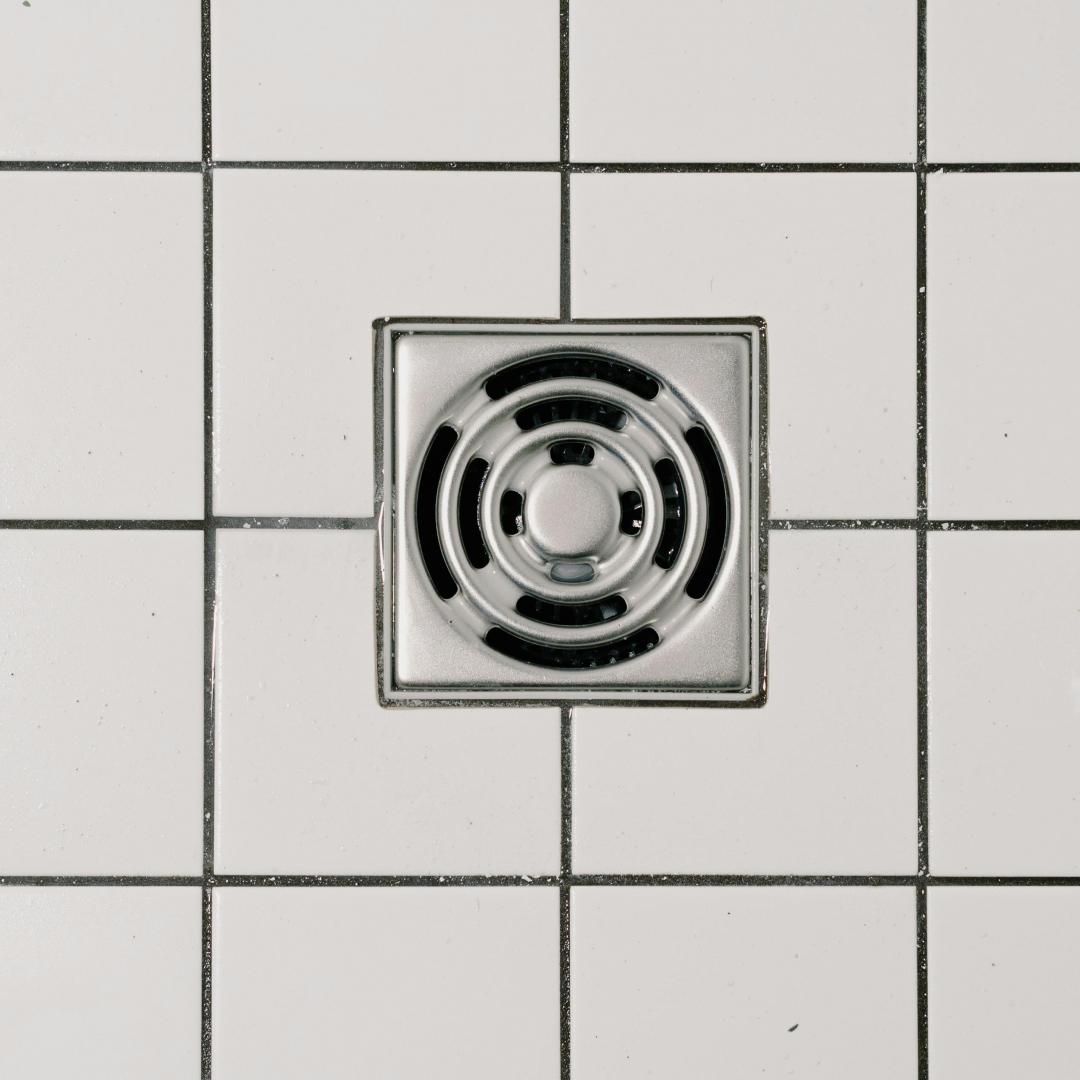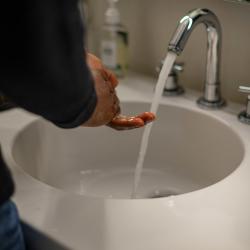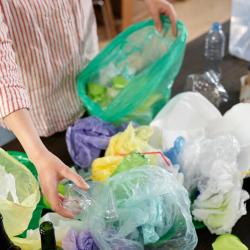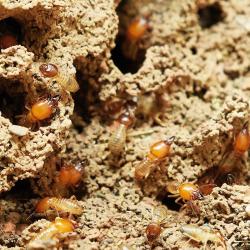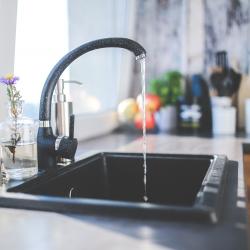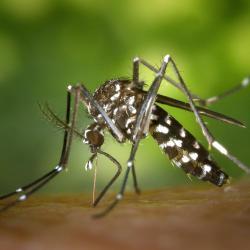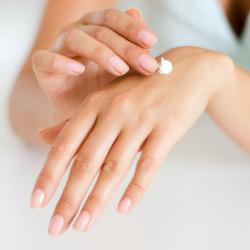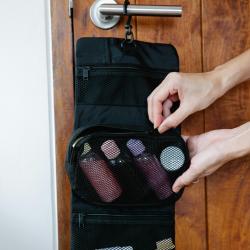Simple Fixes for Clogged Drains: What You Need to Know
A clogged drain can be one of the most frustrating household issues, disrupting daily routines and potentially leading to more serious plumbing problems if not addressed promptly. While severe blockages may require professional intervention, many can be resolved with simple, cost-effective methods. This article provides a comprehensive guide to understanding and fixing clogged drains, ensuring your plumbing remains in top condition.
Understanding the Causes
Before diving into solutions, it's essential to understand what causes drains to clog. Common culprits include:
- Hair and Soap Scum: In bathroom sinks and showers, hair combined with soap residue forms a stubborn blockage.
- Food Particles and Grease: Kitchen sinks often clog due to food scraps and grease, which solidify and narrow the pipes.
- Foreign Objects: Items like cotton swabs, dental floss, and paper towels can accidentally end up in toilets and cause blockages.
- Mineral Buildup: Hard water can leave mineral deposits inside pipes, restricting water flow over time.
Simple Fixes for Clogged Drains
-
Boiling Water
The simplest method for clearing minor clogs is by pouring boiling water down the drain. This can dissolve grease and soap scum, allowing the blockage to loosen. However, exercise caution with PVC pipes and porcelain sinks as the heat might cause damage.
-
Baking Soda and Vinegar
A natural and effective method involves using baking soda and vinegar. Pour half a cup of baking soda followed by half a cup of vinegar into the drain. Cover the drain with a plug and let the mixture sit for 15–30 minutes. The chemical reaction will help break down the clog. Finish by flushing the drain with hot water.
-
Plunger
A plunger can be surprisingly effective for sinks as well as toilets. Ensure there's enough water to cover the plunger's cup. Press down firmly and create a vacuum to dislodge the clog. Repeat several times if necessary.
-
Plumber’s Snake or Drain Auger
For more stubborn blockages, a plumber’s snake can reach deeper into the pipes. Insert the snake into the drain and turn the handle to break up the clog or retrieve the obstruction. This tool is especially useful for hair clogs in bathroom drains.
-
Wet/Dry Vacuum
If you have a wet/dry vacuum, it can be used to suck out the clog. Set it to vacuum liquids, seal the hose over the drain, and let the powerful suction do the work. This method is effective for pulling out large, solid obstructions.
Preventive Measures
- Regular Cleaning: Periodically clean your drains using the baking soda and vinegar method to prevent buildup.
- Use Drain Guards: Install mesh strainers over drains to catch hair, food particles, and other debris.
- Dispose of Grease Properly: Avoid pouring grease or oil down the sink. Instead, dispose of it in a sealed container in the trash.
- Mindful Flushing: Only flush toilet paper and human waste. Avoid flushing wipes, even if labeled flushable, as they can cause blockages.
Conclusion
Clogged drains are an inevitable part of home maintenance, but with these simple fixes, you can tackle most blockages without the need for a plumber. By understanding the common causes and employing preventive measures, you can keep your drains flowing freely and avoid future inconvenience. Remember, if you encounter a persistent or severe clog, it's best to seek professional help to avoid damaging your plumbing system.
